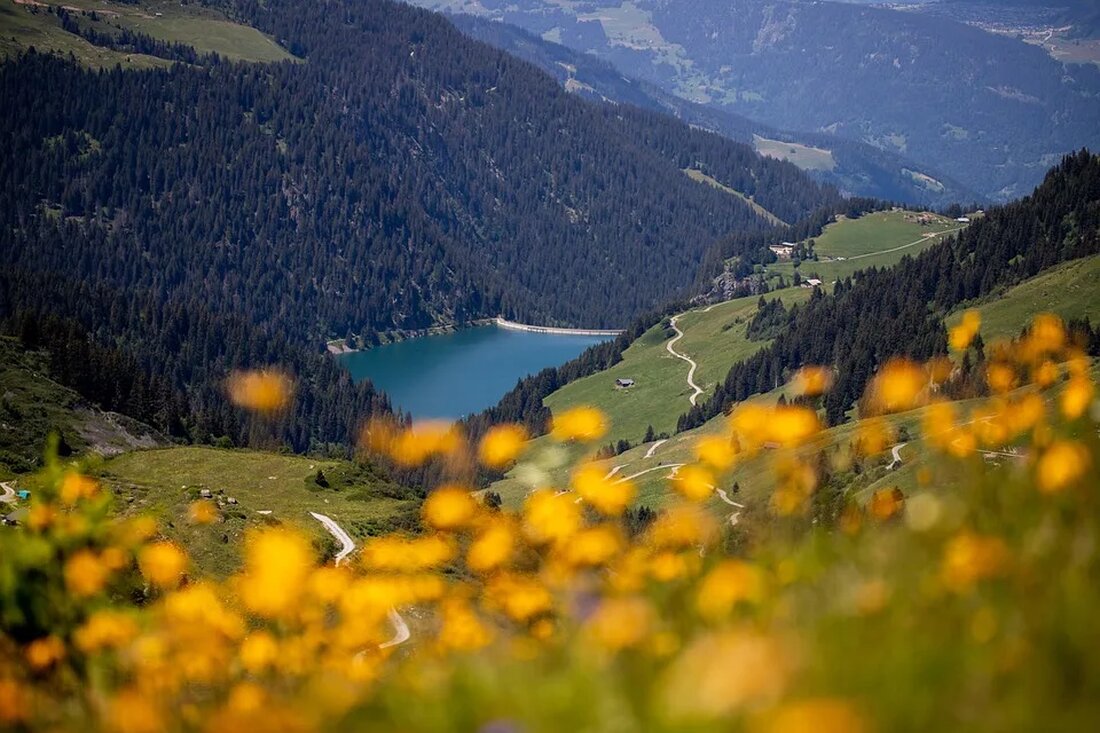The influence of dams on fish migration
Fish migration is a natural and essential part of the life cycle of many fish species. Millions of fish tend to migrate between freshwater and saltwater areas during certain stages of their lives. It is a phenomenon that plays a crucial role in the reproduction, growth and survival rate of these species. However, the construction of dams and other water infrastructure has significant impacts on these natural migration patterns, often with serious, long-term consequences for affected fish populations. Background: Fish migrations The importance of fish migrations Fish use bodies of water in different ways. Some species need running water to lay their eggs, others need standing water. Some need fresh water, others...

The influence of dams on fish migration
Fish migration is a natural and essential part of the life cycle of many fish species. Millions of fish tend to migrate between freshwater and saltwater areas during certain stages of their lives. It is a phenomenon that plays a crucial role in the reproduction, growth and survival rate of these species. However, the construction of dams and other water infrastructure has significant impacts on these natural migration patterns, often with serious, long-term consequences for affected fish populations.
Background: fish migration
The importance of fish migration
Fish use water in different ways. Some species need running water to lay their eggs, others need standing water. Some need fresh water, others salt water. Migration between these different types of water bodies is a fundamental aspect of the reproductive cycle of many species. For example, salmon, one of the most well-known migratory species, spawn in freshwater rivers and then migrate to open ocean waters to mature and develop before returning upstream to spawn.
Types of fish migration
There are mainly two types of fish migration: anadromous and catadromous migrations. Anadromous fish, such as salmon, grow up as juveniles in freshwater and migrate to the sea to live as adults. They only return to their home rivers to spawn. In contrast, catadromous fish species, such as the eel, live primarily in freshwater and migrate to the sea to spawn.
The role of dams
Dams and their functions
Dams serve a variety of purposes, including water storage for drinking water and irrigation, power generation, and flood control. They also have significant impacts on the river ecosystems into which they are introduced.
The influence of dams on fish migration
Building dams literally blocks rivers, disrupting fish migration routes. This can result in fish being unable to return to their spawning grounds or juvenile fish being unable to migrate to the ocean. This can have particularly devastating effects on anadromous species such as salmon. For them, the lack of passage to their traditional spawning grounds often means death.
Problematic effects of dams
Fish populations and biodiversity
Dams can result in dramatic declines in fish populations. Disrupting natural fish migrations can cause entire generations of fish to die out, causing a chain reaction of ecological consequences. Additionally, reducing biodiversity can make fish populations more vulnerable to disease outbreaks and climate changes.
Effects on the ecosystem
Fish migrations also play a key role in the distribution of nutrients throughout the ecosystem. If they are disrupted, it can lead to nutrient deficiencies that affect the entire aquatic food chain.
Solutions
Fish ladders and fish ladders
One of the most popular approaches to solving the problem is fish ladders, or fish ladders, that help fish pass through dams. While these methods can help, they also have their limitations. Not all species of fish can use these facilities effectively, and they can also be impractical on large dams.
River restoration and dam removal
Another solution is river restoration and dam removal. This approach restores natural river systems and allows fish to migrate freely again. It is a more complex and expensive solution, but one that can ensure the long-term health of fish populations and the entire ecosystem.
Final note
The influence of dams on fish migration is a complex issue that requires close attention. It is important that we work on solutions that meet the needs of fish, the needs of people and the health of our planet. This is the only way we can ensure that fish migration, these fascinating and essential natural processes, are preserved for future generations.

 Suche
Suche
 Mein Konto
Mein Konto
